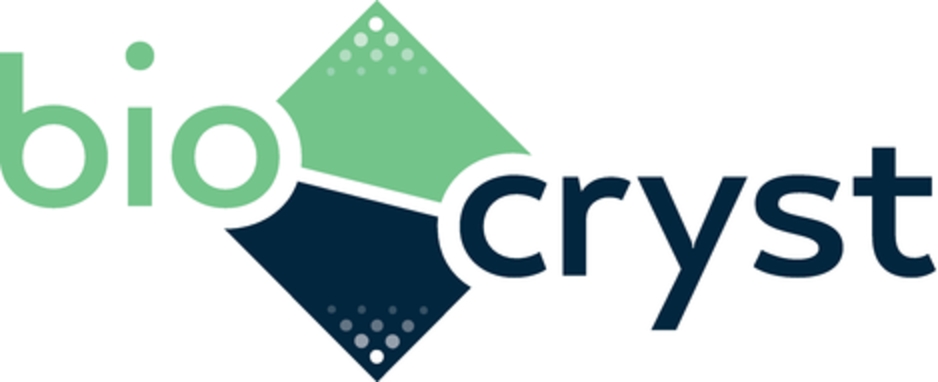suspension of payments, fines and suspension or prohibition from doing business with the U.S. Government. We could also suffer serious harm to our reputation if allegations of impropriety were made against us. In addition, under U.S. Government purchasing regulations, some of our costs may not be reimbursable or allowed under our contracts. Further, as a U.S. Government contractor, we are subject to an increased risk of investigations, criminal prosecution, civil fraud, whistleblower lawsuits and other legal actions and liabilities as compared to private sector commercial companies.
If we fail to reach milestones or to make annual minimum payments or otherwise breach our obligations under our license agreements, our licensors may terminate our agreements with them and seek additional remedies.
If we are unable or fail to meet payment obligations, performance milestones relating to the timing of regulatory filings, product supply obligations, post-approval commitments for RAPIVAB, or development and commercial diligence obligations; are unable or fail to make milestone payments or material data use payments in accordance with applicable provisions; or fail to pay the minimum annual payments under our respective licenses, our licensors may terminate the applicable license or seek other available remedies. As a result, our development of the respective product candidate or commercialization of the product would cease.
If we fail to obtain additional financing or acceptable partnership arrangements, we may be unable to complete the development and commercialization of our product candidates or continue operations.
As our programs advance, our costs are likely to increase. Our current and planned discovery activities, pre-clinical and clinical trials, the related development, manufacturing, regulatory approval process requirements, and the additional personnel resources and testing required for supporting the development of our product candidates will consume significant capital resources. Our expenses, revenues and cash utilization rate could vary significantly depending on many factors, including: our ability to raise additional capital; the development progress of our collaborative agreements for our product candidates; the amount of funding we receive from NIAID/HHS and BARDA/HHS for galidesivir or from other new partnerships with third parties for the development of our product candidates, including BCX7353, BCX9930, BCX9250 and our other rare disease product candidates; the commercial success of peramivir achieved by our partners; the amount or profitability of any orders for peramivir or galidesivir by any government agency or other party; the progress and results of our current and proposed clinical trials for our most advanced product candidates, including BCX7353, BCX9930, galidesivir, BCX9250 and our other rare disease product candidates; the progress made in the manufacture of our lead products and the progression of our other programs.
We expect that we will be required to raise additional capital to complete the development and commercialization of our current product candidates and we may seek to raise capital at any time. Additional funding, whether through additional sales of securities, additional borrowings, royalty or other monetization transactions, collaborative arrangements with partners, including governmental agencies in general and from any BARDA/HHS or NIAID/HHS contract specifically, or from other sources, may not be available when needed or on terms acceptable to us. The issuance of preferred or common stock or convertible securities, with terms and prices significantly more favorable than those of the currently outstanding common stock, could have the effect of diluting or adversely affecting the holdings or rights of our existing stockholders. Additional borrowings may subject us to more restrictive covenants than are currently applicable to us under our Senior Credit Facility. In addition, collaborative arrangements may require us to transfer certain material rights to such corporate partners. Insufficient funds or lack of an acceptable partnership may require us to delay, scale-back or eliminate certain of our research and development programs.
In order to continue future operations and continue our drug development programs, we will be required to raise additional capital. In addition to seeking strategic partnerships, transactions and government funding, we may decide to access the equity or debt markets, incur additional borrowings, or seek other sources to meet liquidity needs. Our ability to raise additional capital may be limited and may greatly depend upon the success of ongoing development related to our current drug development programs, including post approval studies for RAPIVAB, the progress, timeline and ultimate outcome of development programs for our kallikrein inhibitors, such as BCX7353 (including, but not limited to, formulation progress, long-term human safety studies, and carcinogenicity, drug-drug interaction, toxicity, or other required studies), the progress of BCX9250 for the treatment of FOP, BCX9930 for diseases of the complement system and other rare disease product candidates. In addition, constriction and volatility in the equity and debt markets may restrict our future flexibility to raise capital when such needs arise. Furthermore, we have exposure to many different industries, financing partners and counterparties, including commercial banks, investment banks and partners (which include investors, licensing partners, and the U.S. Government) which may be unstable
